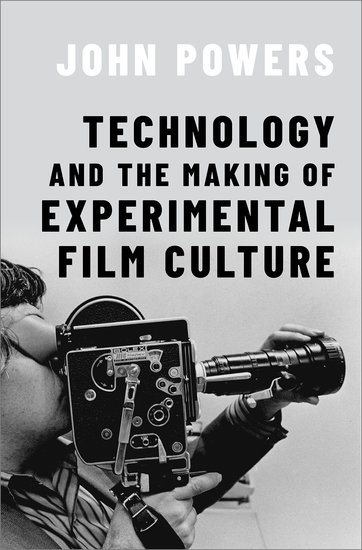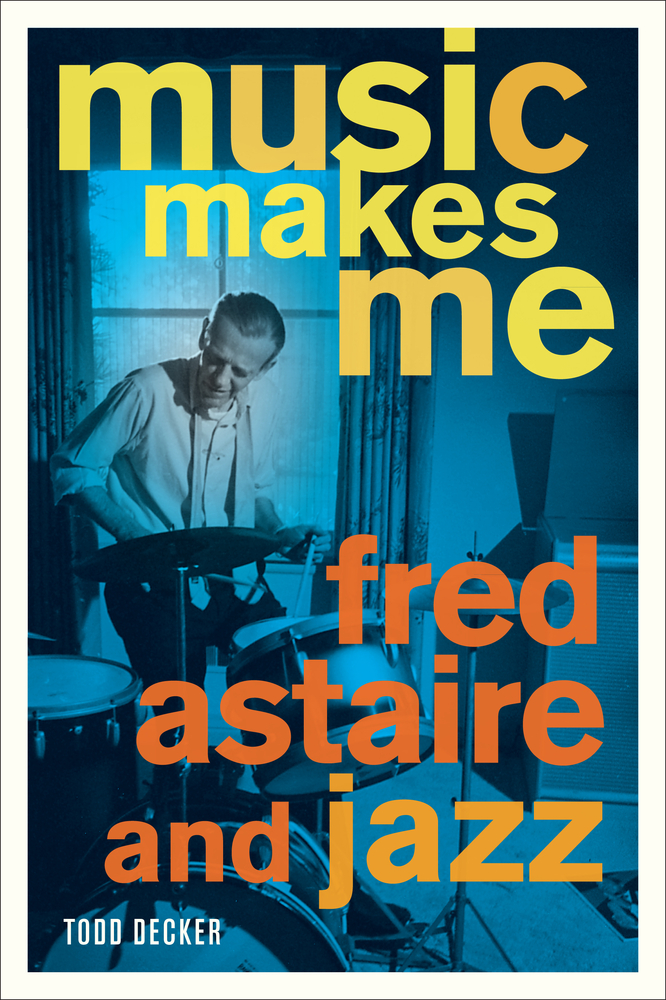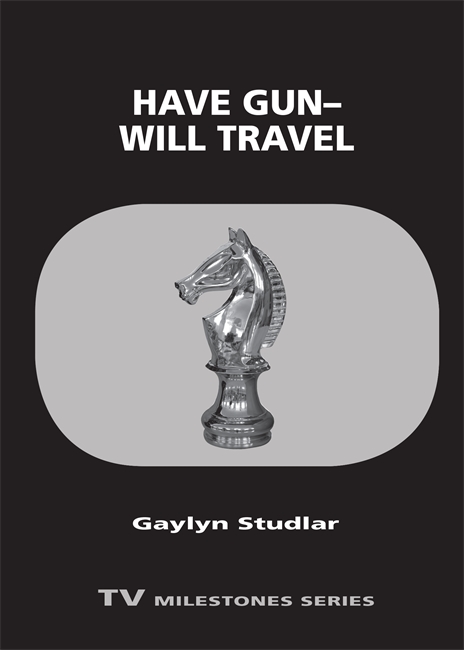Students must fulfill the basic requirements for the A.M. degree as set forth in the Bulletin of the Office of Graduate Studies in Arts & Sciences. In addition, A.M candidates must adhere to the course of study described below, which consists of 36 hours of credit (12 courses), and a comprehensive examination. Students entering the program from outside the university should expect to take two years to finish the Master’s degree if they take nine hours per semester, less time if they take more.
Area I: Required Courses (15 hours total)
Visual Analysis
FILM 5501: Advanced Moving Image Analysis and Criticism
Moving Image Theory
FILM 5419 Theories of Mass Media or FILM 5420 Film Theory or FILM 5502 Seminar in Film and Media Theory (rotating topics)
Historiography of the Moving Image
FILM 5421: Film Historiography or FILM 5423 Histories of Media Convergence
Television and Visual Studies
FILM 5503: Seminar in Television Studies (rotating topics) or FILM 5504: Seminar in Digital Studies (rotating topics) or any 5000 level FMS course in television or electronic media.
Cinema and Television beyond the United States
Any 5000 level national, regional, or transnational cinemas or television studies course offered in FMS.
Area II: Electives (18 hours)
In choosing electives, students may select any 5000 level FMS course not used for Area I. In addition, they can select up to six hours in FILM 5000: Independent Study that is in a study area of film and media not ordinarily covered by regular course offerings. Six hours of courses at the 5000 level offered through other departments or programs that are relevant to the degree’s intellectual focus may also be taken to satisfy this area with the permission of the Director of Graduate Studies. Sample elective courses offered by FMS include:
FILM 5422: Film Stardom, Performance, and Fan Culture
FILM 5432: Global Art Cinema
FILM 5450: American Film Genres
FILM 5451: American Television Genres
FILM 5452: Advanced Screenwriting
FILM 5529: Seminar in Cultural Theory
FILM 5454: American Film Melodrama and the Gothic
FILM 5456: Soundtrack Studies: Music, Voices, Noise
FILM 5458: Major Film Directors (rotating)
FILM 5460: Taboo: Boundary and Transgression in American Cinema
FILM 5485: Visualizing Orientalism: Art, Cinema, and the Imaginary East, 1850-2000
FILM 5505: Travel in Space: Contemporary Cinemas of Taiwan, Hong Kong, and China
Area III: Practicum in Film and Media Studies (3 hours)
Students must complete one course (3 hours) in professional development that brings to bear academic knowledge and skills associated with the study of Film and Media Studies. Every student will present a written proposal/plan to the Director of Graduate Studies and to the faculty mentor/advisor they select for their practicum. Both faculty members must give permission to the plan. The practicum may take a number of forms, but in every case, the experience must be planned in a way that contributes to the student’s professional development. It might consist of work curating films for a screening or mini-festival accompanied by screening notes, a website, or other forms of writing that enhance the academic value of the event. The student might organize a scholarly symposium or lecture to further the understanding of a particular aspect of the moving image at Washington University in St. Louis. The practicum may also consist of archival or curatorial work in film, television, or other forms of the moving image (such as digital art) at an archive, museum, or other non-profit organization (such as a film festival), in which the student will have an on-site supervisor. Students interested in combining primary research with their development as a “public intellectual” might write a book proposal and develop a bibliography in anticipation of writing a book, or they may develop a website with consistent and significant critical, historical, or theoretical usefulness to those interested in film and media studies, such as one that offers critical analyses of current films, bibliographic information addressing one area of research in the field, etc. The practicum student might practice grant application writing. Or, the practicum may be oriented towards teaching, with the creation of a course syllabus and sample lectures delivered by the graduate student in a venue organized by faculty. Students may initiate other projects, but any practicum requires a faculty mentor and in circumstances in which there is a collaborating organization, a letter of endorsement of the practicum from the student’s on-site supervisor at the organization. This supervisor will also provide a letter upon completion of the practicum detailing the student’s work and its quality. The faculty advisor will award the grade for the practicum.
Area IV: Comprehensive Exams
During their final semester of course work, the student takes a comprehensive written examination and meets with the examining committee for an oral defense. The examining committee will consist of the Director of Graduate Studies, and two other faculty members, core or affiliated in FMS. These exams are based on reading and screening lists as well as on coursework. The student must meet expectations for knowledge of the field appropriate for a Master’s degree student in the humanities. Normally, if the student expects a May graduation date, then they must complete their examinations by April 7 of the Spring semester. All coursework should be completed by the end of the semester in which the examination is scheduled. The student should consult with the Director of Graduate Studies in the program to obtain the Master’s degree reading and screening lists.
Students who are currently seniors at Washington University may apply for this program as a combined BA/MA degree until August 1, 2023 for a Fall 2023 start. Until January 15, 2023, we will be accepting applications from students from other colleges and universities who wish to start the MA in Fall semester 2023. Washington University students who are admitted in the combined BA/MA program may have up to sixteen hours of course credit in film and media studies at the 400 level considered for application to A.M. degree requirements. Students who are not seniors but are interested in considering the combined degree should consult with the Director of FMS, Prof. Ian Bogost or Prof. Colin Burnett, Director of Graduate Studies.







